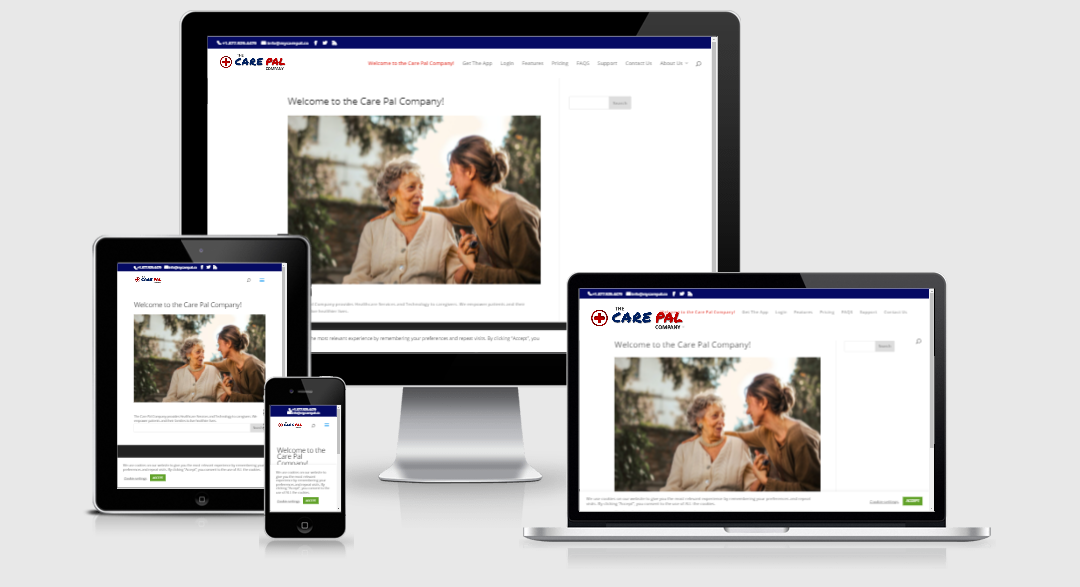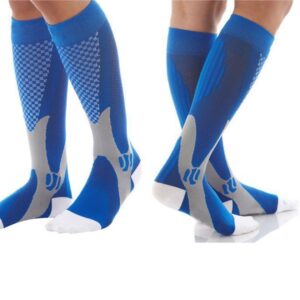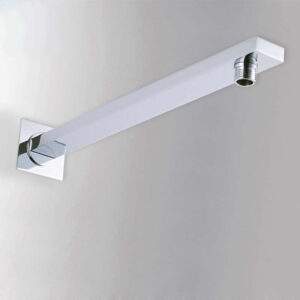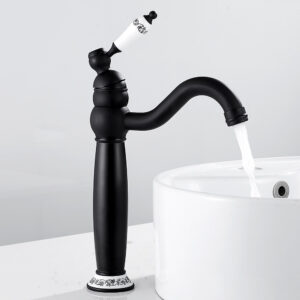Commercial efforts to urge seniors and their families to use medical and social technology and federal and state legislation and policy to influence paid leave, tax credits and 1-800 number help hotlines numbers are among the trends facing caregiving, experts say.
Federal and state legislation and policy and businesses have begun to shoulder more responsibility of senior caregiving from families — with more attempts to persuade them to use technology created over the past 10 years to support them and with government bills and programs addressing different quality-of-life issues affecting them, they say.
Industry and nonprofits experts shared their insights and painted a modern picture of caregiving during a recent National Forum on Family Caregivers at an springtime annual Aging in America Conference by the American Society on Aging.
ASA created the forum to address questions on whether the public and private sectors should share responsibility with families for caregiving for seniors; if, when and how low-income, moderate-income and middle-income families should be served, and; if, when and how organizations would provide services to replace family caregivers so they can work outside of the home uninterrupted.
The forum was also meant to track the progress of family caregiving and identify new trends in the last 10 years.
Weighing in at the forum were Lynn Friss Feinberg, MSW, Senior Strategic Policy Advisor of the AARP Public Policy Institute; Gail Hunt, President and CEO of the National Alliance for Caregiving; David Inns, MBA, President and CEO of Great Call, Inc; Kathleen Kelly, MPA, Executive Director of the Family Caregiver Alliance; Scott Pfeifer, MSW, MPPA, Vice President of the Alliance Development, Aging 2.0, and; Jennifer Wolff, PhD, Associate Professor at Johns Hopkins University.
“We need to read the studies that [show] seniors’ use of technology and caregiving,” Inns said, referring to an AARP study on the subject.
“[If] they use technology, this [reduces] doctors’ visits and re-admissions. … [This means a] 25 percent reduction. … [The economic value of the caregiving provided to seniors by families would translate into] $300 billion. … [There is] no technology to improve [economic] productivity [among busy caregivers].
Inns, also a family caregiver, added that the forum would mention various examples of caregiving scenarios for families and seniors.
His company, GreatCall, features a line of caregiving products such as Jitterbug Smart, a large-screen smart phone; Jitterbug Flip, a cell phone with bigger buttons than its previous incarnation; Lively Mobile, a medical alert device, and; Lively Wearable, a daily fitness tracker that includes an urgent response component.
The firm also offers a staff of “5Star Urgent Response” agents to assist seniors and families in customer service call center mode, including fall detection; Urgent Care to provide around-the-clock access to nurses and doctors, and; a GreatCall Link telephonic system to connect seniors with family and friends.
The company has a Personal Operator service to provide aid with daily tasks; a MedCoach service to help seniors take their medicines and continue refills; the Wellness Call from a wellness specialist; Brain Games for memory and focus for seniors; and Fitness Tracker to choose daily challenges and gauge progress.
Forum presenters pointed to the array of technological products developed industrywide to support families providing for their seniors and also sustaining employment for the caregivers.
“Senior living [is accommodated by] different technologies,” Pfeifer said, citing products identified by the Center for Technology and Aging, which supports patient-centered technologies, including Walk Joy, a line of walking shoes designed to lessen the effects of neuropathy, and Kinesis ergonomic computer keyboards.
“We have the Mobile PERS [Personal Emergency Response System] 3.0 provided by Great Call in San Diego, Calif. [Customers can talk] on the phone live. … [There is an] interface on the phone. … [The system tracks a senior’s] activity, [performs] fall detection, [provides] geographic interfacing and [makes] medication reminders.
“[There is also] wearable, in-home, well-being tracking and fall risk assessment and prevention. … [There is] active protection, a fall bag for [seniors]. … [There is] smart technology that deploys airbags over hips when a fall is detected.
“In New York, [the product offers] wander detection. [It promotes] safe wandering and [provides a button sensor and gateway]. … There is also incontinence care and [urinary tract infection] UTI detection.”
Inns agreed, citing Aging 2.0, his own firm GreatCall, Samsung, Amazon, Honeywell, CareTech Solutions, Qualcomm and the Stanford Center on Longevity, the research arm of Stanford University that produces scholarship about aging and technology and whose studies can be accessed at http://longevity.stanford.edu as providers and trackers of caregiving technology.
“Scanadu Scout [provides] a number of biometrics,” he said. “[The machine] scans the body and says what is wrong. … Qualcomm Tricorder [is a medical device that provides patient diagnoses of diseases.] … If they don’t, the whole thing is a waste.”
Inns said that technology companies need to market and sell their products; persuade seniors and their families to recognize the value of their wares; and train seniors and their families to use them properly. Nonprofits, senior care facilities, hospitals and government agencies can also help, he added.
“Connect technology with service,” he said. “[Do the] research to present to families so they take it … They [the families will] notify casemakers. … Predict the data [on how the technology will serve families]. … Make sure the technology works properly. Keep tabs on technology.
“[This is going to take] a lot of development and delegation. … Honeywell has been [doing this]. … CareTech has been [doing this]. … [Once the technology is ready to be deployed to customers,] move to the home.”
Inns said other companies have also already begun to link technology with serving seniors and their caregiving families, ensure product effectiveness and quality, conduct research and development, offer the products and keep track of their use.
“Samsung [has] Smart Home/Smart Things [linking smart devices such as lights, speakers, locks, thermostats or sensors to work together],” he said.
“[The company’s technological products [track] passive, in-home activity [of devices and gadgetry in a household].” … [They] detect sleep patterns when you’ve gotten out of bed and [they] have assisted living community and smart analytics. …
“[Companies are offering] smart light bulbs … They change the hue, depending on the time of day. [There are many different versions of] motion-sensing technology. … You have built-in technology. … [Some products offer] light bulbs throughout every home.”
Other products include Amazon echo; Samsung Smart Home personal assisting for seniors living with dementia; assistive devices for eating and mobility by the Stanford Center for Longevity; Google software Smart Spoon to counteract severe hand tremors; Proteus Digital Health, which offers a brand of ingestible smart pills linked to biomedical needs; rideshare assistive transportation provided by Lyft Dispatch and Great Call, and Google’s driverless cars using concierge technology.
“There is a ton of technology coming out,” Inns said.
“[There are the] easy-to-use phone and smartphone. … [There are] Jibo social robots. … Aging 2.0 [supports] virtual visits, Beam Pro Telepresence robots and OhmniLabs Telepresence robots … [There is] virtual learning and experience, immersion experiences for older [people].
“CareAngel [offers] artificial intelligence phone calls. … [Other companies provide] personalized music therapy. … About 98 percent [of this technology] is not in use.”
Pfeifer explained that much of the technology is not being used by their family caregivers because of a lack of familiarity and willingness from seniors.
“Why is that happening?” he said. “Why [aren’t] people using? … Resistance from older consumers. … ‘I would have totally used it but dad said’ …
“‘Where do you go to buy it?’ Technology store. Only 25 percent know it. Go to the public [and the] knowledge [is] not there. People just don’t know.”
Part of the answer, Pfeifer added, to making seniors and families aware of caregiving technology products is to urge caregivers to ask about and discuss them with their peers, a senior’s team of primary care physician and medical specialists, social workers, nurses, nursing homes, senior care facilities, respite centers, support groups or faith communities.
“Family caregivers should be talking about this,” he said. “Professional caregivers should be taking [this on as an issue].”
Hunt said that many family caregivers are not speaking up about the use of technology because of their worries about federal budget cuts to Medicare and Medicaid and other challenges to their resources and funding.
“It’s all fear and disarray,” she said. “[There is a] great concern about budget cuts. [There will] be huge cuts in Medicare and Medicaid.”
Kelly agreed, stating that there ought to be a national conversation about caregiving and the use of technology.
“Ivanka Trump is about child care,” she said. “We care about [child care but we care about] caregiving too … [Our leaders should recognize the problems facing caregivers and the potential of technology and] get on the bandwagon.”
Kelly expressed gratitude for a federal law, known as the RAISE Caregivers Act, which stands for Recognize, Assist, Include, Support and Engage Family Caregivers Act, which would charge the U.S. Department of Health and Human Services with creating and supporting a national family caregiving strategy.
The bill passed both houses of Congress and was signed into law by President Trump in January 2018.
“The RAISE Act … [There are] infrastructure issues,” she said. “[This is] to do something for caregiving [with] federal agencies and outside experts [for] a national strategy for family caregiving.”
Kelly said Sen. Chuck Grassley (R-Iowa), who chairs the Special Committee on Aging, has long been eying initiatives such as funding a National Family Caregiver Support Program, the re-authorization of the Older Americans Act, increased funding for Title XX of the Social Security Act, the Social Services Block Grant and Kevin and Avonte’s Law but it is not clear what path they will take.
However, she added, the Centers for Medicare and Medicaid, also known as CMS, are also considering some policy directives.
“At the federal level, CMS is beginning to look at [families] and [patients] as the units of care. CMS takes perspective. I don’t know about now. It’s worthwhile exploring with [the Secretary of CMS].”
She also added that the CLASS act, also known as the Community Living Assistance Services and Supports Act, a federal law enacted as Title VIII of the Patient Protection and Affordable Care Act that would have created a voluntary and public long-term care insurance option for employees before former President Barack Obama dropped it as “unworkable” in October 2011. The law was repealed on Jan. 1, 2013.
A minority paper and a majority paper were produced discussing the solution to long-term care that it proposed, especially how to pay for it, Kelly said. The concept behind the bill lies in using a public-private sector partnership to pay for long-term care, which Kelly calls “promising.”
“This panel [Federal Commission on Long-Term Care] was to help LTC care,” she said. “He [Obama] said no [to] public-sector LTC insurance. Three Senators [sponsored an] introductory bill — [U.S. Sen. Mark] Warner (D-Va.), [U.S. Sen. Sheldon] Whitehouse (D-R.I.) and [U.S. Sen. Johnny] Isakson (R-Ga.).”
Additionally, Kelly said, as another means of addressing the needs of caregivers, states have begun to craft policy and legislation to address paid leave for them so that these family members can take time off from work to assist seniors at home without being terminated or demoted by their employers.
“States are paying attention to paid leave,” she said. “We have five states, which passed paid leave legislation. I have [seen] legislation passed [and] approved by Congress in November. [The] Republican-led Congress says, ‘We don’t want assisted death, no new marijuana law and paid leave is too generous.’”
Kelly said that other legislation are in the pipeline to address caregivers’ concerns. She cites a “long delay” in the Family Caregiver Support Program, known as Title III E, which is funded by the federal Older Americans Act through contracts with the Area Agencies on Aging.
The CARE Act, also known as the Caregiver Advise, Record, Enable Act, which is meant to help family caregivers as their seniors transit from the hospitals to nursing homes, includes clauses about electronic health records. It has been passed by 35 states, including the U.S. Virgin Islands and outlying territories.
“[This legislation mentions] discharge planning and training on their tasks,” she said. “It is a step in the right direction. … It has implementation issues. …”
Kelly also said that states are starting to ponder creating 1-800 number hotlines to address the questions and concerns of caregivers.
“New Jersey is one of the first states to implement this program,” she said. “They require states to have an 800-number if they don’t understand something. … They get calls (through) 800-numbers. … Find out from your state what is happening.”
Kelly added that employers are also starting to offer paid leave to caregivers.
“Talk about the private sector,” she said. “ … [For example,] Deloitte offers employees 16 weeks of paid leave. … [This is] good publicity and positive PR.”
The National Alliance for Caregiving and the AARP partnered to form a program called REACT, also known as Respect A Caregiver’s Time. REACT involves 40 organizations and details how the private sector can contribute to assisting family caregivers, she said. It outlines best practices for employers for family caregivers.
“[We need to see the] ROI, what employers are doing,” she said. “Unless we see, we won’t get results.”
Pill Pals Pharmacy also offers a caregiving application called “My Care Pal”. My Care Pal is a desktop and cell phone application that allows caregivers to track updates on their loved one. Users can add family members and other team members to the application. Document sharing and expense management is also included. The app is available on both Google Android and Apple Markets. Learn more at www.mycarepal.co








